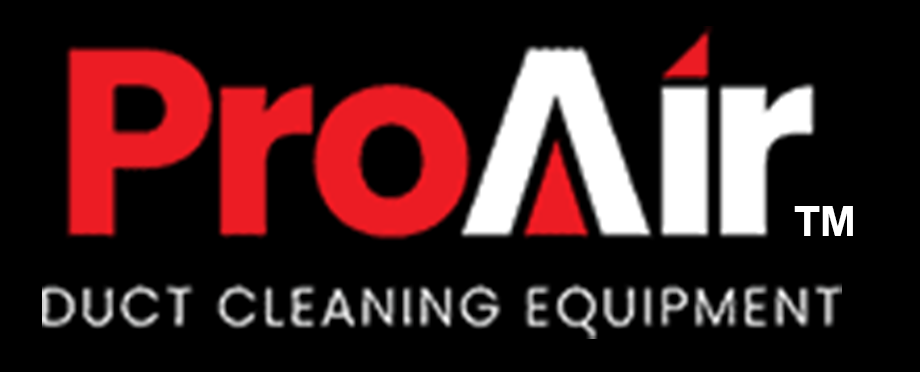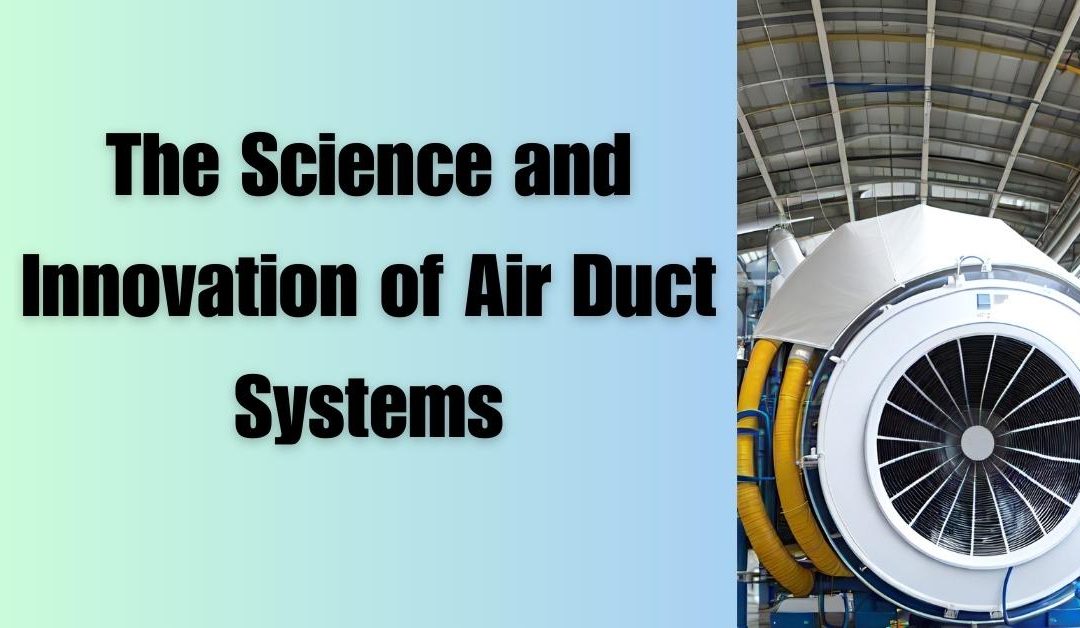The proair duct cleaning equipment is the finest option for cleaning the ducts of multiple buildings. Ensuring proper cleaning for your HVAC system is a must for good health. Also, air duct systems are crucial in sustaining indoor air quality, maintaining temperature, and permitting efficient airflow in commercial, residential, and industrial properties. This guide highlights the science and structural innovations behind air duct systems, explaining the term “Ventilation Vortex” and its effects on improved ventilation.
Understanding Air Duct Systems:
To know about the HVAC system, one first needs to understand its working. Air ducts are networks of channels that vent out conditioned air in a building. These channels consist of linked pipes or ducts that carry air from the heating, ventilation, and AC (HVAC) system to various spaces within a building. Also, the design and plan of these systems impressively impact the efficiency and overall effectiveness of in-home air distribution.
Why is Proper Ventilation Necessary?
Good ventilation is vital for sustaining good indoor air quality. It assists in removing pollutants, allergens, and foul smells while offering fresh air and restricting humidity levels. In addition, well-planned air duct systems lead to energy efficiency by adjusting airflow and limiting the workload on HVAC machines.
Ventilation Vortex Concept: What Is It?
The Ventilation Vortex is a term used to define the improved airflow pattern in an air duct system. It consists of creating a balanced and regulated air circulation, improving ventilation efficiency. Also, the concept draws its meaning from natural phenomena, like tornadoes and whirlwinds, that exhibit powerful, self-sustaining vortices.
Structure Principles for the Ventilation Vortex:
Size and Layout:
Perfectly sized and well-placed air ducts permit uniform airflow distribution and limit pressure losses. Professionals can plan an efficient duct layout that encourages the Ventilation Vortex by checking factors like property size, capacity, and HVAC load.
Airflow Pressure and Velocity:
Air factors in the duct system must be carefully checked and adjusted. A high-velocity airflow might lead to extra turbulence and sound, whereas a low-velocity airflow can lead to stationary zones. Getting a balance is vital for sustaining optimal air quality and comfort.
Airflow Direction:
Perfect control of airflow direction assists in preventing short-circuiting, where conditioned air evades certain areas without properly ventilating them. Utilizing dampers, diffusers, and vents can lead to airflow and ensure perfect ventilation in the building.
Advanced Technologies and Materials:
Aerodynamic Duct Design:
Innovative duct layouts, like smooth bends, gradual transitions, and streamlined fittings, limit resistance and pressure drops, ensuring efficient airflow. Computational fluid dynamics (CFD) simulations and airflow modeling help optimize duct structures for improved performance.
Duct Insulation:
Shielding air ducts limits heat gain or loss while transit, increasing energy efficiency. Advancements in insulation materials, like reflective barriers and superior-performance foams, improve thermal resistance and limit duct leakage.
Air Cleaning and Filtration:
Incorporating air cleaning functionalities, like electrostatic precipitators, UV germicidal irradiation, or high-end filters, in the duct system boosts indoor air quality by eradicating contaminants, allergens, and organisms.
Contemporary Duct Systems:
Internet of Things (IoT) technologies and sensors can also be added to your air duct systems to check on airflow, temperature, and air quality anytime. This information enables automatic adjustments, predictable maintenance, and energy optimization for improved performance.
Preservation and Optimization:
Frequent inspection, washing, and sustenance of air duct systems are vital to ensure their continual efficiency and working performance. Property owners can provide healthy indoor settings and improve their HVAC system’s lifespan by noticing dust accumulation, leakage, and obstructions.
Perks of Opting for Ventilation Vortex
Improved Indoor Air Quality:
The advanced system promotes proper and balanced airflow to ensure the building evenly distributes fresh air. Also, it aids in removing pollutants, allergens, and foul smells, by enhancing indoor air quality and making a healthier setting for occupants.
Better Comfort:
Perfectly designed air duct systems, as per the Ventilation Vortex concept, offer uniform air distribution, removing stable zones and cold or hot spots. It also betters thermal comfort by sustaining consistent temperatures in the entire property.
Enhanced Energy Efficiency:
By regulating and adjusting airflow patterns, the Ventilation Vortex limits pressure losses, reduces air leakage, and improves the entire efficiency of the HVAC system. Also, it leads to electricity savings and limited operating costs for heating and cooling machines.
Noise Reduction:
The layout minimizes turbulence and air velocity in the ducts, thereby causing quieter operation. It is explicitly essential in areas where noise control is vital, such as commercial spaces, classrooms, or medical facilities.
Incorporation with Smart Technologies:
The concept can be united with advanced technologies and sensors to make intelligent air duct systems. Actual-time monitoring and automatic adjustments permit energy optimization, predictable maintenance, and remote access, improving overall system efficiency and working.
Flexibility and Future-Proofing:
HVAC systems designed with this modern concept are adaptable to flexible requirements and progressions in air duct technology. They can accommodate updates, like integrating air purification systems or adding energy recovery units, ensuring long-term efficiency.
Conclusion
The science and advancements behind air duct systems endure to evolve, with the purpose of bettering ventilation, energy efficiency, and improved air quality. The idea of the Ventilation Vortex delivers guiding norms for engineers and designers to enhance airflow designs within HVAC systems. By implementing innovative schemes, materials, and proper maintenance, you can create healthier and more suitable indoor settings in your home while reducing energy consumption.

